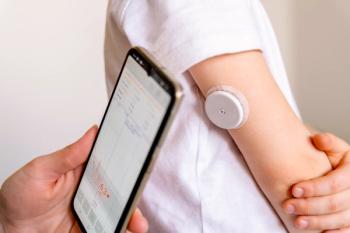
Urinary Tract Infection in Kids: Choosing an Empiric Antibiotic
Antibiograms that identify pathogen prevalence and antibiotic resistance patterns can help improve selection of antibiotics for pediatric urinary tract infections.
Antibiograms that identify pathogen prevalence and antibiotic resistance patterns can help improve selection of antibiotics for pediatric urinary tract infections.
Young children develop urinary tract infections (UTIs) fairly often. Before age 6, approximately 7% of girls and 2% of boys experience this painful condition. In treating these patients, pediatricians often select antibiotics empirically and may do so with little consideration of local and national antibiotic resistance patterns. Poor choice of empirical antibiotic therapy can lead to unnecessary patient suffering, increased costs, additional office or emergency department visits, and even hospital admission.
A team of researchers at the University of California San Francisco set out to investigate antibiotic resistance patterns in outpatient pediatric UTI and published their
In patients younger than 18, E coli continues to cause the majority of UTIs in boys and girls. The researchers found notable levels of resistance among E coli infections to ampicillin and co-trimoxazole. In particular, resistance to co-trimoxazole was 24%. Guidelines suggest that when resistance rates exceed 20%, clinicians should not use co-trimoxazole empirically. A narrow-spectrum agent is a reasonable—and cost-effective—alternative. Resistance levels for narrow-spectrum agents such as nitrofurantoin and first-generation cephalosporins are low, yet clinicians tend to prescribe them less and less frequently. The researchers also noted an increase in resistance to ciprofloxacin, which is used infrequently in children. They attribute the increase to widespread use of the drug in adults.
The researchers note that the best tool for rational prescribing is a local antibiogram, which identifies local outpatient uropathogen prevalence and antibiotic resistance patterns, and can help improve choice of empiric therapy. Only 60% of surveyed US hospitals publish a complete antibiogram, and these use hospital-based laboratory data. Antibiotic resistance patterns for ambulatory pediatric patients may differ. Health departments sometimes create antibiograms for community-based patients using local data. When these are available, prescribers and pharmacists should make use of them.
Ms. Wick is a visiting professor at the University of Connecticut School of Pharmacy and a freelance writer from Virginia.
Newsletter
Stay informed on drug updates, treatment guidelines, and pharmacy practice trends—subscribe to Pharmacy Times for weekly clinical insights.




















































































































































































































